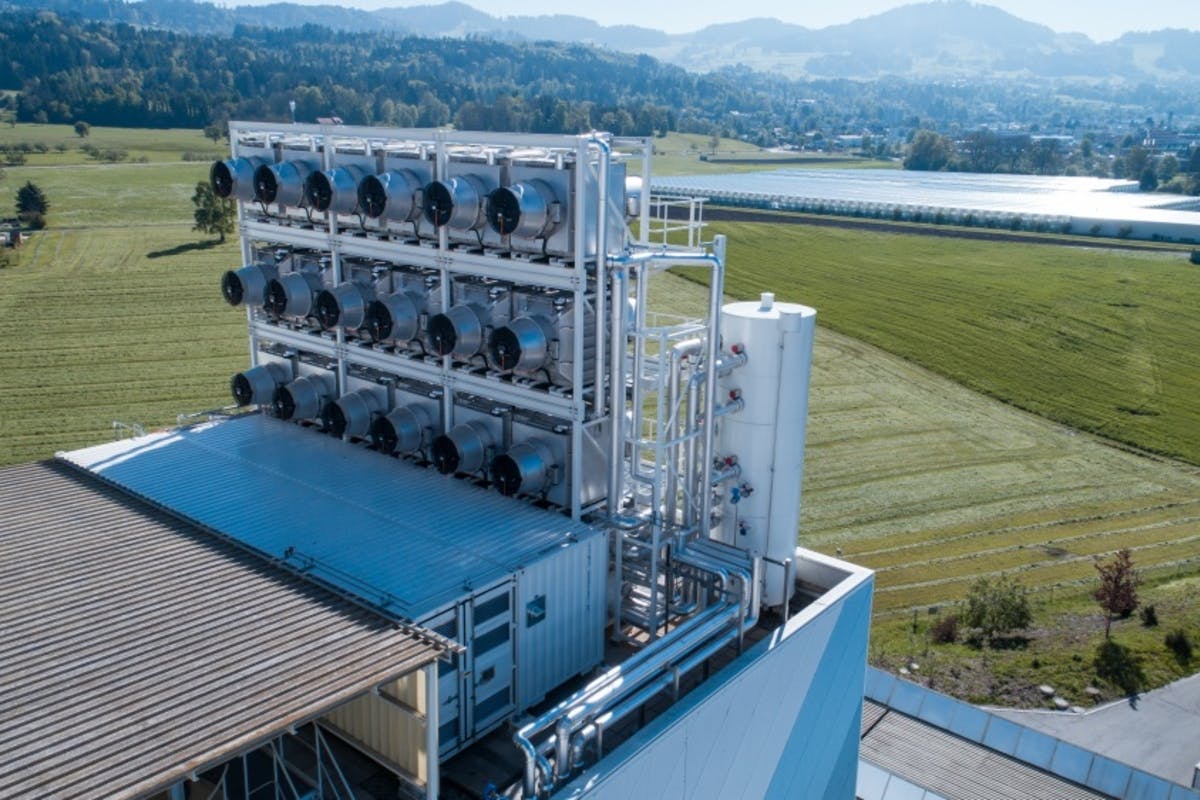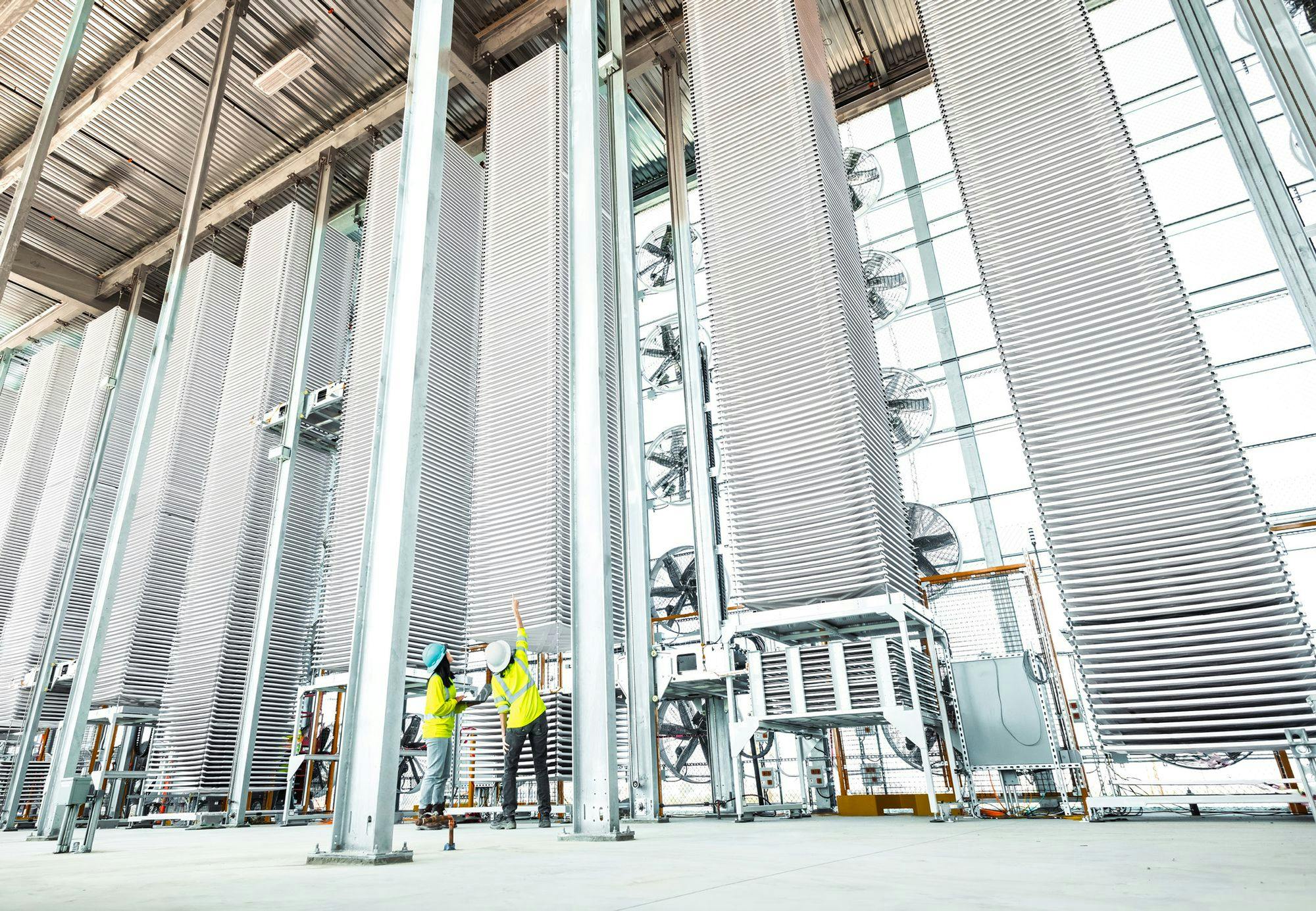Go the extra mile
Towards a cooler planet
Innovative technologies in carbon offsetting
5 April 2024
The journey towards addressing climate change demands continuous innovation, particularly in the realm of carbon offsetting. While traditional methods have played a crucial role, limitations in effectiveness and transparency have necessitated the exploration of novel technological solutions. This article delves into the current state of carbon offsetting technologies, emerging innovations, and their potential to revolutionise the industry.
Current state of carbon offsetting technologies
Existing carbon offsetting technologies, while valuable, face several challenges. The market is plagued by:
- Low-quality carbon credits: Concerns exist regarding the legitimacy and environmental impact of some offset projects.
- Overestimation of impact: The actual environmental benefits of certain projects may be overstated, leading to inaccurate carbon accounting.
- Lack of transparency: The distribution of funds by offset providers often lacks transparency, hindering trust and accountability.
- Fragmentation and limited regulation: The carbon market suffers from fragmentation and a lack of robust regulations, creating challenges for standardisation and oversight.
Emerging technologies and innovations
Fortunately, the future of carbon offsetting is brimming with promise. Pioneering technologies are emerging, offering novel approaches to address existing limitations:
- Direct air capture (DAC): This technology captures CO2 directly from the atmosphere, offering a promising solution for removing existing emissions.
- Bioenergy with Carbon Capture and Storage (BECCS): BECCS combines bioenergy production (such as biomass combustion) with carbon capture and storage (CCS) technology.
- Enhanced weathering: Techniques like spreading crushed rock on land can accelerate natural weathering processes, promoting CO2 sequestration.
- Ocean carbon removal: Various methods are being explored to remove CO2 from the ocean, such as using specialized filters or enhancing natural processes.
- Mineral Carbonation: Mineral carbonation involves reacting carbon dioxide with metal oxides to form stable carbonates.
- Carbon Farming: Certain agricultural practices, such as rotational grazing, cover cropping, and no-till farming, can enhance soil carbon sequestration. Carbon farming aims to increase the amount of carbon stored in agricultural soils, thereby offsetting greenhouse gas emissions.

Case studies: implementations and results
These innovative solutions are not merely theoretical concepts. Real-world examples showcase their potential:
- Heirloom in California: This DAC facility, while still in its early stages, demonstrates the feasibility of capturing and storing atmospheric CO2. The Heirloom facility can absorb a maximum of 1,000 metric tons of CO2 per year – just a fraction of the annual emissions from a gas-fired power plant. The company hopes to remove 1bn tons of carbon dioxide by 2035.
- Large-scale initiatives: Governments and private entities are investing heavily in these technologies, recognising their potential for addressing climate change. The Biden administration has committed to spending at least $3.7bn to kick-start DAC and other carbon-removal projects across the United States.

CarbonClick's innovative solutions
CarbonClick actively contributes to the advancement of carbon offsetting through its commitment to:
- Transparency and data-driven insights: Utilising advanced software solutions, CarbonClick ensures accurate project selection, impact measurement, and transparent reporting.
- Supporting innovative projects: CarbonClick is continually monitoring projects that leverage cutting-edge technologies like DAC and nature-based solutions for enhanced effectiveness.
Challenges and opportunities in technological advancement
Despite the undeniable potential of these innovations, challenges remain:
- Scaling up: Scaling these technologies to achieve significant impact requires substantial investment and infrastructure development.
- Financing: Continued research and development necessitate robust funding mechanisms to ensure widespread adoption.
However, the future holds immense potential. The projected growth of the voluntary carbon market signifies an influx of resources that can fuel further innovation and address existing challenges.
Summary
The continuous evolution of carbon offsetting technologies is crucial for achieving global sustainability goals. By embracing innovative solutions and fostering transparency, we can create a more effective and impactful carbon offsetting landscape.
Next steps
Individuals and organisations interested in exploring these technologies can:
- Conduct thorough research: Evaluate different technologies and projects based on their effectiveness, transparency, and alignment with their sustainability goals.
- Engage with reputable organisations: Partner with entities like CarbonClick that prioritise transparency, data-driven insights, and support for innovative projects.
How can CarbonClick help?
CarbonClick remains at the forefront of this technological revolution, committed to providing businesses and individuals with the tools and resources necessary to leverage these advancements for a sustainable future. By working together, we can harness the power of innovation to address the impact of climate change and build a cooler planet.
17 South Street
Auckland 1010
New Zealand
info@carbonclick.com- -
- X
Sign up. Be inspired. Get clicking.
Subscribe now to stay up to date with CarbonClick, carbon offsetting and climate action.
By signing up you agree to our Privacy Policy.



